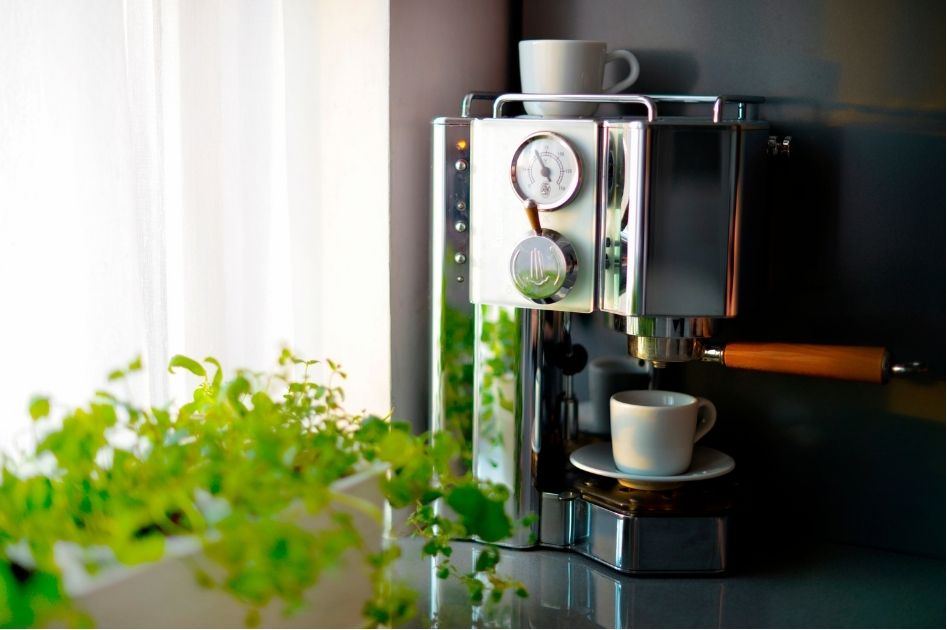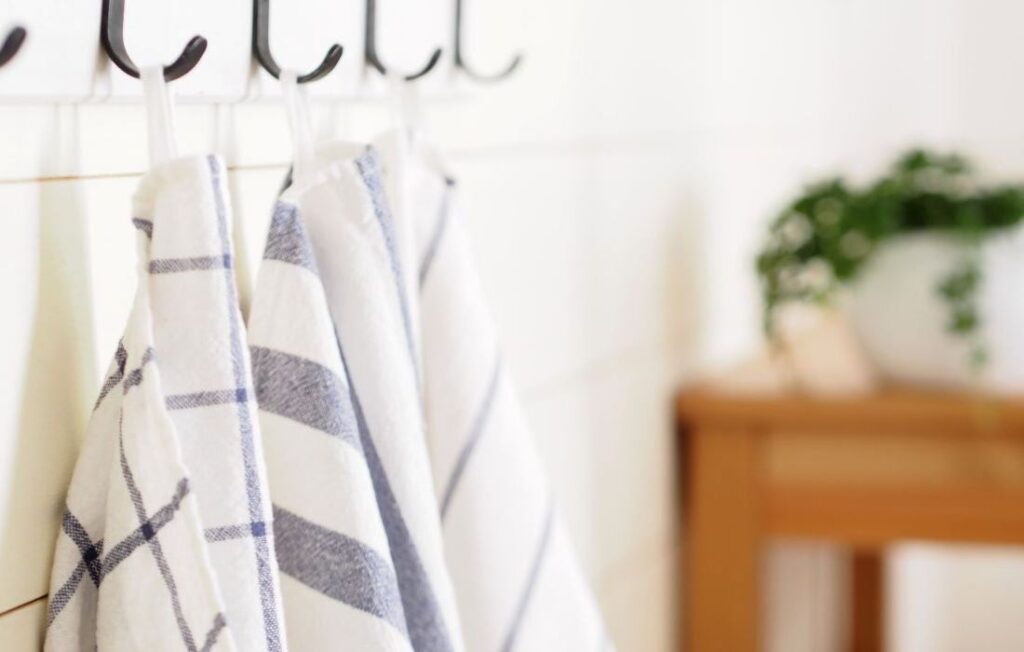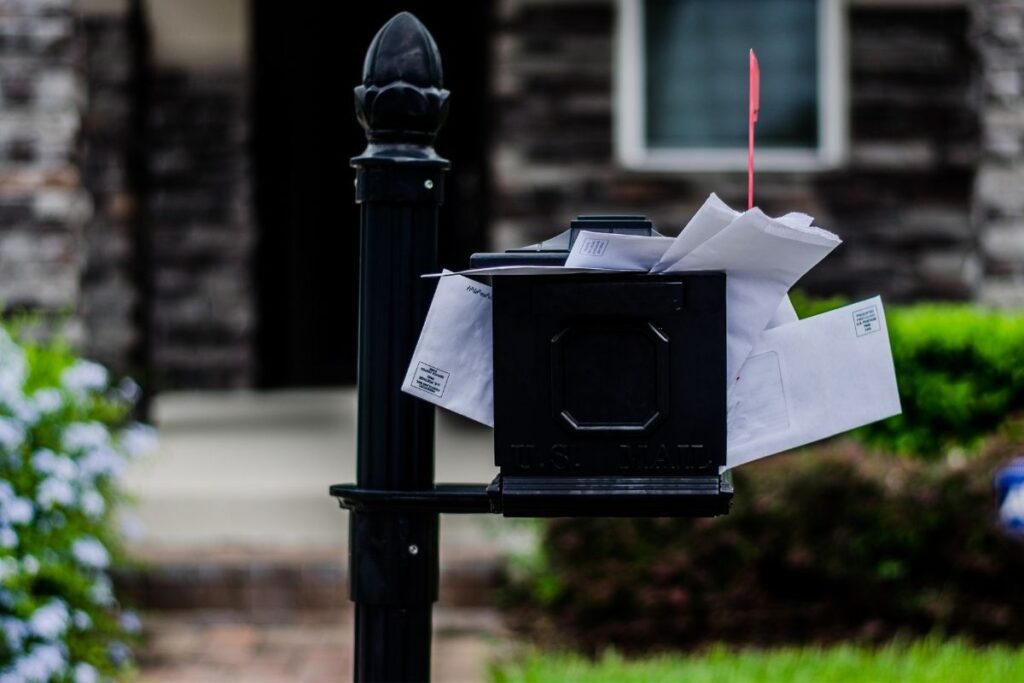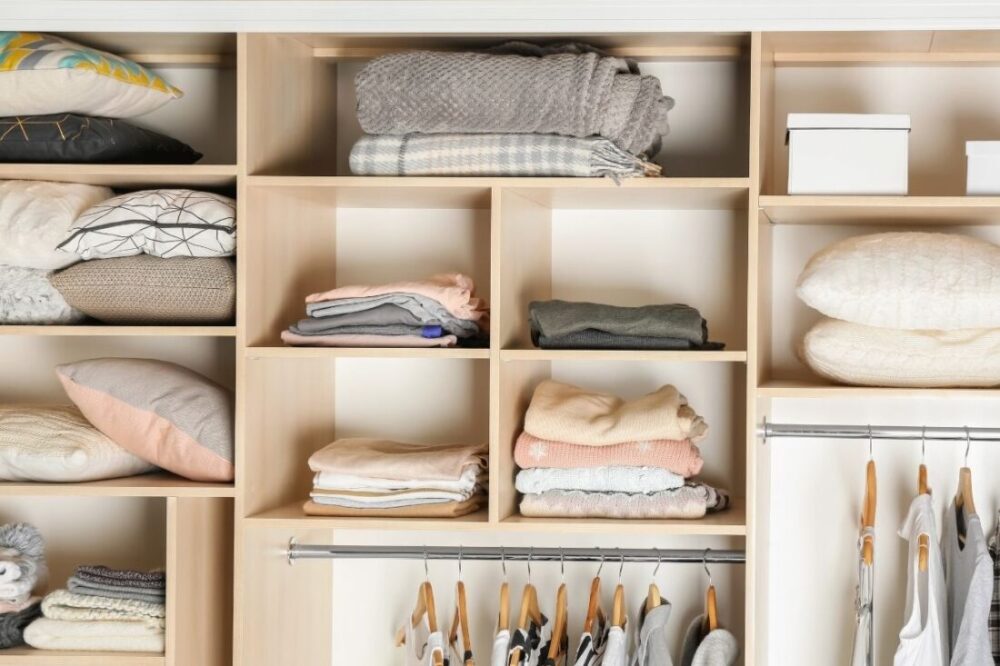With the warmer weather, our thoughts turn to outdoor projects, entertaining, and enjoying the lazy days of summer. We’re finishing our spring cleaning and organizing and wanted to share some of our favorite organizing tips.
There is no one-size-fits-all approach to organization. But, of course, there are some fundamental guidelines for organizing oneself. Often, the most challenging part is getting started. So, start small, but start!
Some organizing methods advocate for room-by-room organization, while others promote item-by-item organization. Numerous organizing techniques are available—all you have to do is find the one that works best for you. We believe everyone is different, and we adapt to each client’s specific needs to create a space and system that reflects their lifestyle.
However, some tips can be used universally. Read on for help getting your home organized!
New Stuff
Sometimes the urge to buy that new item is too much. It would be perfect in the living room, kitchen, or office. Go ahead and get it, but remember to consider each new purchase carefully and ensure it has a place in your home. For every item you buy, you should get rid of something else. This helps avoid clutter. If someone gives you something you don’t need/want/like, you are allowed to get rid of it.
Timing
In addition to setting aside a specific time to work on organizing projects, you should also have daily organizing part of your routine. Again, this helps avoid clutter. It also means you might be able to avert day-long (or longer) organizing projects in the future. Instead, plan 10 or 15 minutes and sort one drawer, cabinet, or shelf. You’ll be amazed at what you can accomplish in such a short amount of time, and it motivates you to do more.

Space
It can be helpful to have specific “stations” for things. A coffee/tea bar, an entertainment station where you keep TV remotes or a charging center for handheld devices. A command center is also another helpful area for many busy families. It’s the hub of the family, where everyone can go and instantly see what’s going on with everyone else—typically positioned in a location that is easily accessible and heavily used by the family. Its sole aim is to keep the family organized by offering a central location for scheduling appointments, events, and activities. It does not have to be fancy; Size is irrelevant if it combines some of the following key components.
- Calendar
- File Holders
- Bulletin Board
- Storage Basket(s)
- Hanging Hooks
- Color-coding tools (pens, markers, washi, or Post-its)
If you don’t want to customize your command center, endless options exist online.
Sometimes, some things need to be out and can look like clutter. So create a designated mess area, sometimes called a drop zone, for these items. For instance, in your entry, add a hall tree with hidden storage for out-of-season items like umbrellas and mittens or a bench with wall hooks to hang coats and keep shoes organized.

Labels and Storage
Know what you’re putting in your bins before you buy bins. This will help you determine the size and quantity. Labels make it easier to find things once stored in the bins, saving time and preventing a mess from being made while searching for something. Containers can be pretty if that is a prerequisite to the area being organized. Clear bins can make it easier to see what’s inside, so keep that in mind. One container can be for items you intend on donating. Use mason jars and cups to contain small items throughout your home. Hooks are your friends! They’re perfect for robes, shopping totes, and other things.
Hangers and Lazy Susans
Use uniform hangers to reduce visual clutter and ensure they’re all the same size. Additionally, use the appropriate hanger for each type of clothing. Choosing the right style will help your clothes last longer. Designate a space for storing unused hangers as well. Lazy Susans are great in the kitchen but also helpful in closets, under the bathroom sink, in laundry rooms, and in many other places. For more tips on organizing your closets, check out our blog post on organizing closets.
Kitchen and Food
Toss expired food. Use canisters and labels for dry goods – also called decanting. Transparent jars are a beautiful way to store things like pasta, flour, and beans and offer a better seal than the original packaging. In your refrigerator, the tallest items go on the top shelf, and meat goes on the bottom. This isn’t just more visually appealing, it’s more efficient, and food poisoning is real. Put the most popular snack items in the front of the fridge or cabinets.
Vertical Space
Vertical space is often overlooked and is a valuable organizing resource, especially in smaller areas. Add floating shelves or a book tower for your library. You can use stacking bins under kitchen and bath sinks and in laundry rooms. Rolling carts make great storage solutions and can be easily moved to make the most of your home’s space. Take advantage of a garage wall and add floor-to-ceiling shelving to store holiday decorations. Purchase a folding ladder or step stool to help you reach items in this newly efficient vertical space.
Car
Cup holders and console organizers make a big difference in reducing car clutter. After each trip, clean out the car and organize anything left in the vehicle. Bins and labels are great for containing emergency items and anything in your glovebox.
Wires
Label wires or use cord wrappers to keep them neat. Labeling cords also helps when you’re trying to unplug something.

Paper Clutter
Use apps, unsubscribe from junk mail, and enroll in auto payments for bills that come due frequently for an established amount. Sign-up for electronic bank and credit card statements and keep electronic lists. All of this will reduce the paper clutter in your home. Deal with any existing paper by sorting it appropriately and discarding it as soon as possible.
Sentimental Items
Memorabilia and sentimental items are often the most challenging part of organizing. You may want to enlist someone’s help. Also, remember that if it doesn’t fit into your life anymore and there’s no room for it, it’s okay to let it go. No matter how important it once was. You can take photos of sentimental items you’re not keeping to help preserve the memory.
Getting it Done
If you’re prone to procrastination, setting a timer can help. You’ll think you only have to work on organizing for a short time, but often, once you’ve started, the momentum carries you through. Use checklists for each room and check them off as you go to help you feel a sense of accomplishment.
As we said in the beginning, there are many ways to organize. Choose what works best for you, your space, your family, and your budget.
Which of these tips was most helpful for you?









